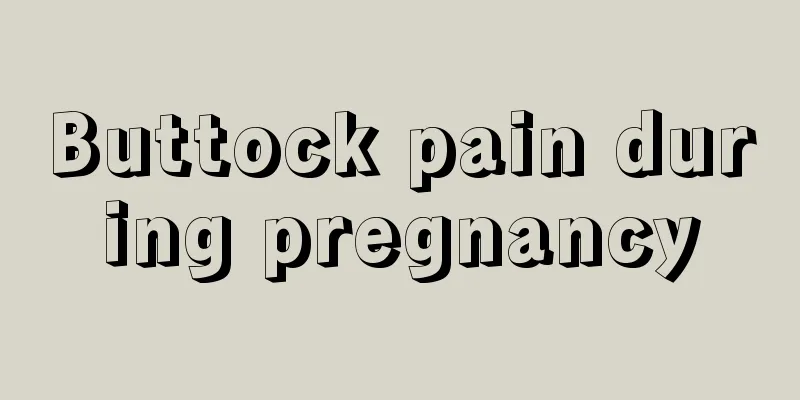Some precautions for uterine septate surgery

|
Some female friends are facing the need for mediastinum uterine surgery. Perhaps many female friends don’t quite understand what this term means. What is mediastinum uterine surgery? So what should we pay attention to after mediastinum surgery? What do we need to do to restore our bodies to health? Let us understand all these together. The following is some relevant knowledge about mediastinum uterine surgery and some precautions. I hope it will be helpful to you. There are many complications after mediastinal surgery, including postoperative intrauterine adhesions, inward displacement of both uterine horns, residual mediastinum, uterine perforation, water intoxication and gas embolism. These complications can cause considerable harm to women. So, how can we avoid these complications after uterine septum surgery? They can be avoided by strictly grasping the surgical indications and choosing appropriate treatment methods. Intrauterine adhesions after septum surgery often occur in cases of excessively large muscular septum. After a one-time electrosurgical excision loop resection, the intrauterine wound is too large and too little normal endometrium is retained. Clinically, a decrease in menstrual volume may occur, and in severe cases, amenorrhea or dysmenorrhea may occur. If a staged excision is used, 1/3-1/2 is removed each time, and a water bag is placed after the operation, with an interval of 2-3 months between each operation, the wound will be small and easily covered and repaired by the endometrium; inward displacement of the two uterine horns often occurs when the fundus of an incomplete septum is excessively removed, or when the connective tissue septum is excessively removed with a ring electrode, resulting in too thin fundus tissue and contracture during healing, forming a "cross-eyed" appearance. The clinical manifestations are decreased menstrual volume and, in severe cases, persistent infertility. If a needle electrode is used for separation, because there will be uterine distension pressure during the operation, it can be prevented by not requiring that the two uterine horns must be on the same parallel line during resection; uterine perforation is caused by the sudden disappearance of uterine cavity pressure and abdominal distension during operation, which often occurs when the cervix is not fully prepared, too tight, in the wrong direction or improper use of equipment. Placing an effective uterine dilation catheter 12 hours before the operation can play a preventive role; residual uterine perforation is mostly due to the surgeon's lack of experience in surgery and the inability to completely resect or separate it, which often occurs when the operation is not performed under the simultaneous use of a laparoscope or without B-ultrasound monitoring. If the uterus and the IUD are not separated by a water bag, adhesions are likely to form during the repair of endometrial organization. The above is some relevant knowledge about uterine septate surgery. I believe you have a certain understanding of uterine septate surgery. I hope it will be helpful to you. I also hope that you will pay more attention to recuperation and some precautions after uterine septate surgery. |
<<: What is the reason for a little stomach pain after sex?
>>: Why does a girl have lower abdominal pain?
Recommend
Does your vagina itch after taking anti-inflammatory drugs?
Vaginal itching is mostly caused by gynecological...
Cervical tct screening
Cervical TCT screening is a common examination me...
What foods are good for female breast enhancement?
Breast enhancement is the ultimate idea of many...
Cystic Breast Hyperplasia Treatment
In daily life, everyone may be very unfamiliar wi...
What is the whole process of childbirth?
Natural childbirth is often the most common physi...
Is it dangerous to have an abortion one month into pregnancy?
If female friends do not know how to protect them...
What is follicular cyst?
Many women are worried that abnormal ovulation ma...
Picture of 5 months pregnant wearing wedding dress
The sexual consciousness of modern people is rela...
Can I get pregnant during the month of tooth extraction?
It is best for women not to prepare for pregnancy...
The reduction of vaginal discharge means that your period is coming soon.
A decrease in vaginal discharge does not necessar...
What causes dizziness and headaches during menstruation?
Many women experience dizziness during menstruati...
Where is the clitoris located?
The reproductive organs of women and men are diff...
Grading of breast hyperplasia
When women develop breast hyperplasia, they must ...
Can sanitary napkins still be used after they expire?
Do you know what a sanitary napkin is? Maybe some...









